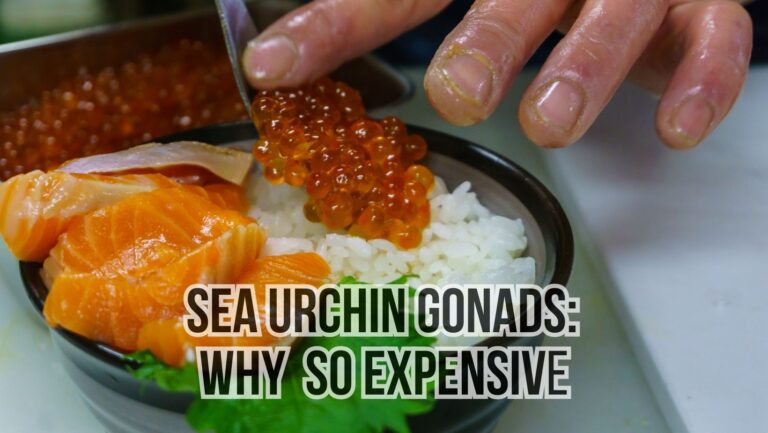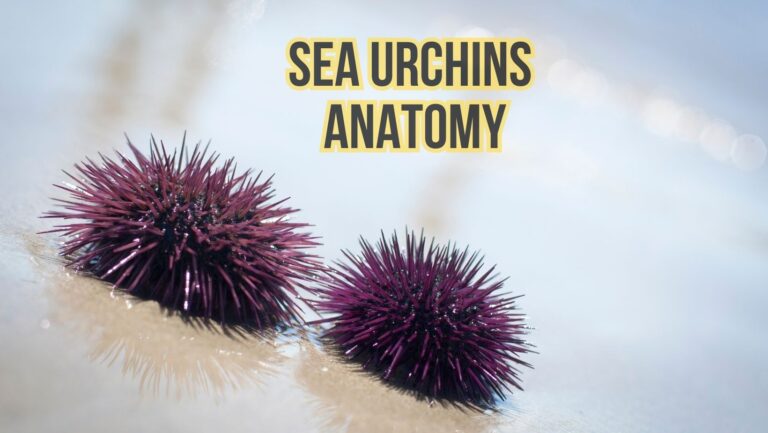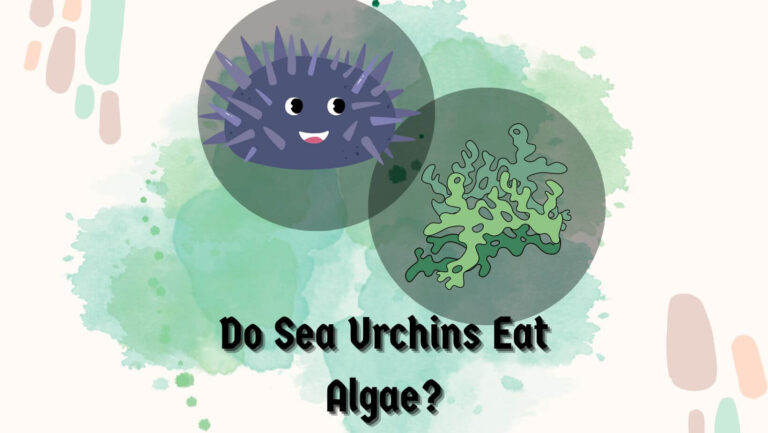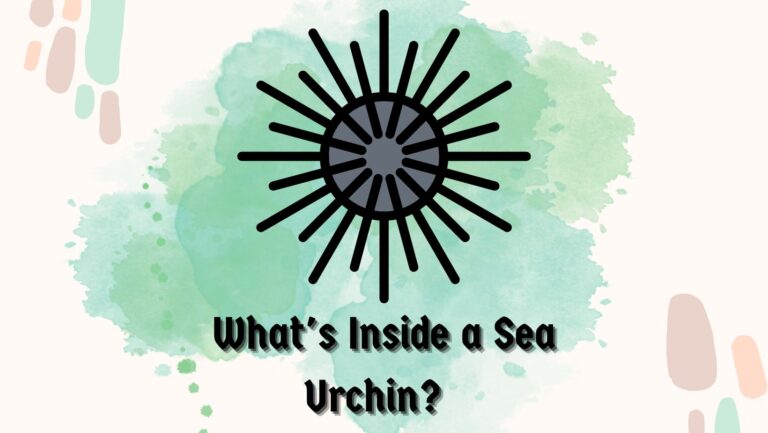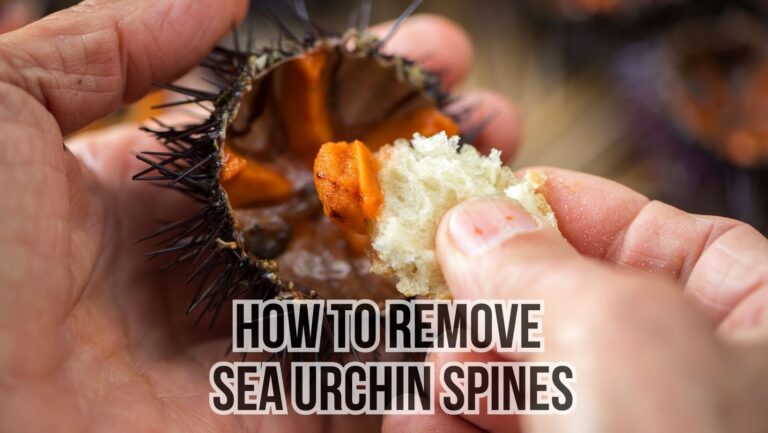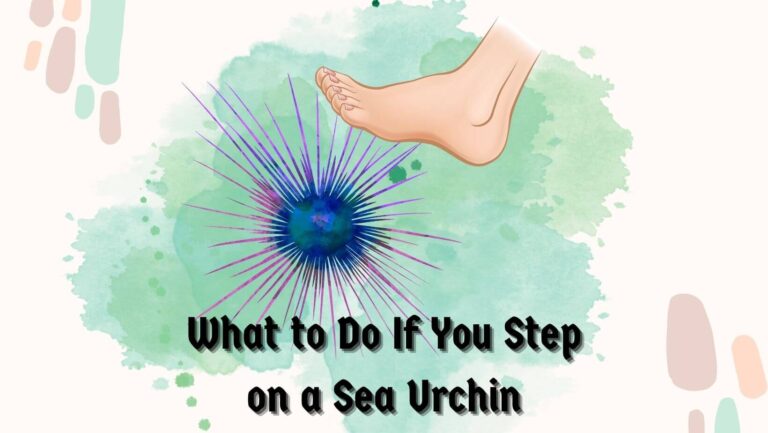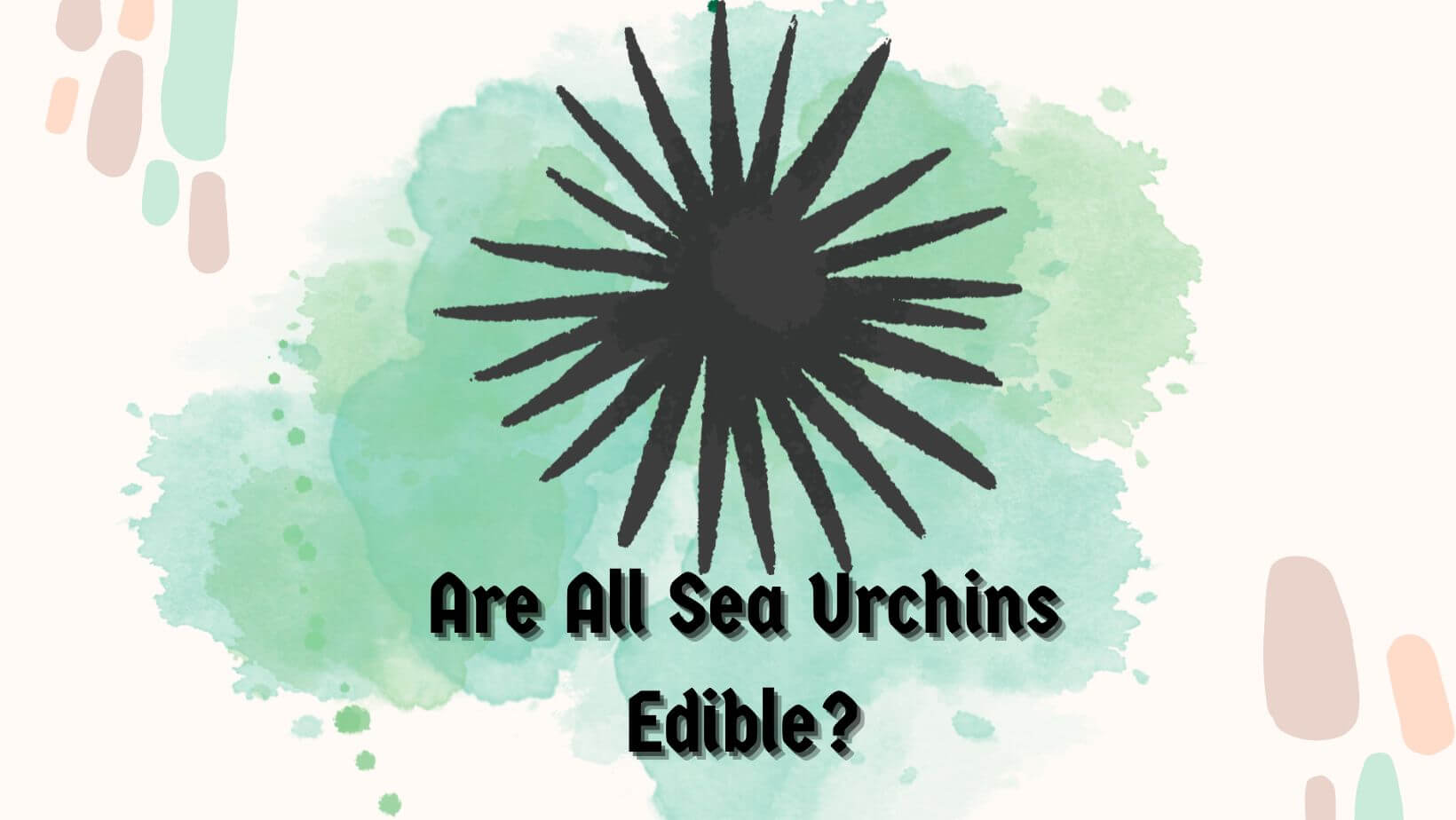
Sea urchins are gaining popularity as delicacies in many countries and are frequently used in various cuisines. Thus, you should learn whether all of them are edible or not.
In this article, I will answer the question: are all sea urchins edible and also talk about specific species you should avoid consuming because of their potential toxins or venoms.
And, I will also help you delve into the realm of edible sea urchins while shedding light on their distinguishing features, nutritional benefits, and culinary applications.
You should note that not all sea urchins are safe for consumption. In fact, common varieties of sea urchins also require some preparations and proper cleaning before consumption.
But before I tell you all these things, let’s get a straight answer to the first question: are all sea urchins edible?
Table of Contents
Are All Sea Urchins Edible?

Even though sea urchins are considered delicacies in many cuisines, not all are edible. The edibility of sea urchins depends upon several factors, including species, the region in which it is found, and the preparation method being used.
Regarding safety, the most commonly consumed sea urchins include red sea urchins, purple sea urchins, and green sea urchins. These species are considered safe for consumption and have distinct characteristics making them desirable for culinary purposes. Infact, they can be nutritious, read this: 9 Sea Urchin Benefits.
However, in the region, sea urchins harvested from clean and unpolluted water are generally considered safe for consumption.
The sea urchins harvested from unknown sources may contain heavy metal elements, which can pose a significant threat to your health. You should also note that the quality of sea urchins also varies depending on their geographical origin.
Another thing that you need to consider is the preparation method. It is important to carefully prepare the sea urchins as it also determines their edibility.
It is important to handle them gently, clean them properly, and employ the right cooking method to eliminate potential risks associated with eating sea urchins. To take proper precaution, read this: Eating Sea Urchin Side Effects .
You must know how to identify edible sea urchins, especially if you want to explore their culinary potential.
Related Article: Are Black Sea Urchins Poisonous?
Consider all these factors that can influence edibility because it is important to make an informed choice so you can safely taste the delicacies offered by these creatures. Hence, we will talk about a few edibles and sea urchins.
3 Common Types of Edible Sea Urchins

Red Sea Urchin (Strongylocentrotus franciscanus)
The red sea urchin, or Strongylocentrotus franciscanus, is highly sought after for its vibrant color, firm texture, and rich flavor. The red sea urchin is native to the Pacific Ocean and is usually found along the coast of North America.
They usually thrive in cold and Rocky environments. You should know that culinary enthusiasts often relish the red sea urchins as a key ingredient in various dishes, particularly in seafood pasta and Sushi.
Its delicate texture, as well as the essence of the oceans, add complexity as well as depth to any culinary creations. If you see it from a nutritional standpoint, you will notice sea urchins offer an impressive profile. It is also a great source of protein.
You should note that 100 grams of red sea urchins can contain 14 grams of protein while providing essential vitamins like vitamin A and vitamin b12, as well as vitamin D and minerals like calcium, magnesium, and potassium.
Therefore, if you want to purchase or select red sea urchins, go with the one that looks intact and has no broken shell. You should also ensure they are plump and feel heavy for their size.
Also, store them properly and keep them in the refrigerator at a temperature between 35-40 degrees Fahrenheit, which is ideal for keeping their freshness and taste alive. Also, consider wrapping them in a damp cloth to maintain their moisture.
Purple Sea Urchin (Strongylocentrotus purpuratus)
Another edible species that is widely appreciated among seafood enthusiasts as well as for its culinary value, is considered to be purple sea urchins.
Purple sea urchins are native to the Pacific Oceans and can be found along the coast of North America, just like red sea urchins. You should know that sea urchins have a striking appearance with their Deep purple spines and round shape.
They are particularly favored for their robust and slightly sweet flavor, making them an excellent addition to many seafood dishes. When it comes to note their nutritional benefits, it offers a wealth of health benefits.
Purple sea urchins are rich in Omega 3 acids, which are important to promote heart health and provide anti-inflammatory properties. In addition to this, purple sea urchins are also rich in good amounts of iron, zinc, and Vitamin C, which are essential for our overall health.
Therefore, when you visit the local seafood market to purchase purple sea urchins, look for one with a vibrant purple spine and firm texture. You must choose the alive ones when purchasing to ensure freshness. Also, wear gloves when handling them or removing their spine to avoid injury.
Green Sea Urchin (Mesocentrotus spp.)
The third most renowned species of sea urchins that is known for its culinary significance, particularly in Asian cushions, are green surgeons that inhabit the coastal regions of Pacific oceans like Japan, Korea as well as California.
They are often categorized by their vibrant green coloration and spherical shape. They also come with a distinct flavor profile, subtle sweetness, and a buttery undertone.
The creamy texture of the green sea urchins blends well with Sushi and other seafood preparation. In Japan, there quite popular as well.
Sea urchins provide a valuable source of protein and contain an arrow of vitamins & minerals, including Omega 3 fatty acids. They are rich in levels of Vitamin E which act as a support for our healthy skin.
As I told you earlier, you should choose the one that looks plump with no cracks or signs of damage. Also, ensure that the green sea urchins you choose come with a fresh scent.
5 Pros & 3 Cons of Eating Sea Urchins
5 Pros
- Sea urchins are popular for their delicate taste and buttery texture, which provide a distinct sensation in various dishes, alleviating their value and culinary experience.
- As I told you earlier, sea urchins have the potential immune-boosting and anti-inflammatory properties like Omega 3 fatty acids, which can help strengthen the immune systems and reduce body information in our body.
- You should also note that sea urchins are packed with many essential nutrients, including minerals, vitamins, and protein, as well as Omega 3 fatty acids that can contribute to our overall health & well-being.
- If you are looking for a versatile ingredient that can be used in dishes to uplift their culinary value, you can go with the sea urchins. Sea urchins can be used in an array of culinary creations like Sushi, pasta, risottos, and ceviche, offering versatility and enhancing the gastronomic experience.
- Since the harvesting method for sea urchins usually involves sustainable practices, it also makes the next responsible seafood choices for us.
3 Cons
- Individuals suffering from an oversensitive immune system or compromised immune system may experience allergies to sea urchin consumption, resulting in adverse reactions. If not properly handled or cooked, it can also lead to foodborne illness.
- Sea urchins are also rich in cholesterol and purine, which can be a concern for a few individuals with specific dietary restrictions due to underlying health issues or specific goals.
- Since the demand for sea urchins is increasing daily, it is leading to overfishing in certain areas, which is causing ecological imbalances & potential threats to its population.
We must encourage sustainable harvesting practices of sea urchins to keep their population intact as they play a crucial role in our environment by maintaining a healthy Marine ecosystem and biodiversity while preventing the overpopulation of the algal community.
Popular Articles or Topics
Some Potential Side Effects of Eating Sea Urchins
There are a few possible side effects of eating sea urchins. If you don’t handle or clean it properly, you may experience certain side Effects. It is important to cook it thoroughly and be aware of the potential risk while taking necessary precautions.
Few people have reported gastrointestinal issues like vomiting, diarrhea, or nausea, especially if sea urchins are not fresh or contaminated with harmful bacteria. If this is the case, you need to avoid those once.
Also, make sure to always purchase the sea urchins from a reliable and reputable source while storing them at the appropriate temperatures to minimize the risk.
As I told you earlier, allergic action is also popular in individuals with shellfish allergies, compromised immune systems, or underlying health issues.
Some of the symptoms may include itching, swelling, and breathing difficulties. If you are experiencing any of these, stop eating the sea urchins immediately and contact the nearby Health Care provider.
If you are allergic to shellfish, it is best that you avoid the sea urchins together and seek medical advice before consuming them.
Conclusion
Even though sea urchins are popular for their intriguing flavor, unique texture, and nutritional benefits to activate the culinary experience, not all species are safe to eat. Many types of sea urchins, including flower sea urchins, are known to be poisonous and nonedible.
It would help if you did your research to explore the world of these ocean delicacies and unlock their consumption potential. You must follow the responsible consumption of sea urchins supported by sustainable harvesting practices.
Ensure you clean, handle, and cook the sea urchins thoroughly before eating them. I hope I gave you all the information you need to know: are all sea urchins edible? Do check our other helpful guide on sea urchins recipe. See you in the next post, till then, take care & goodbye.

